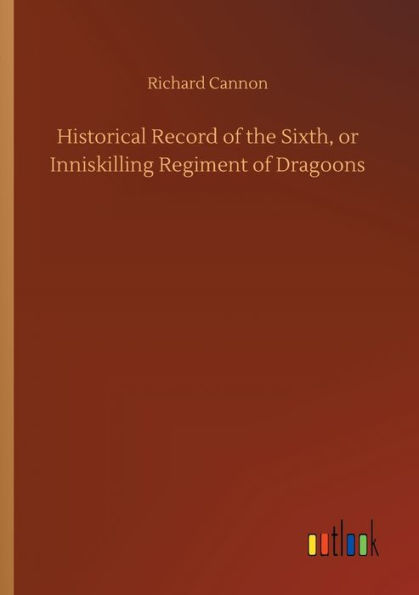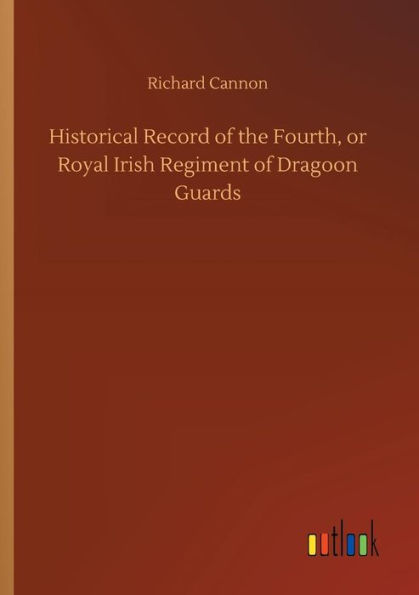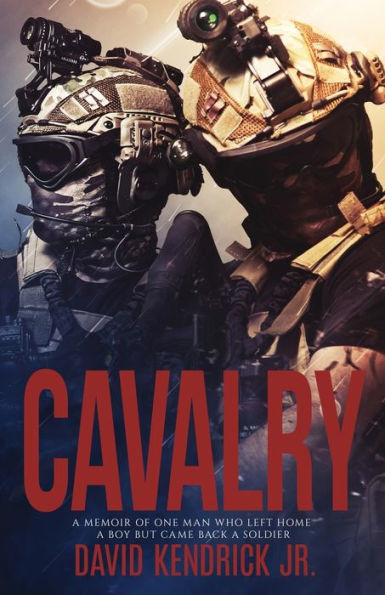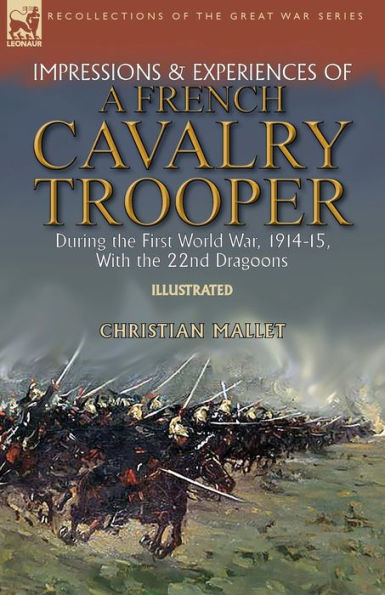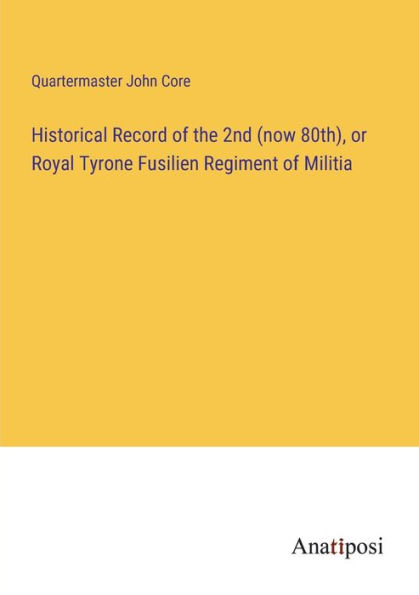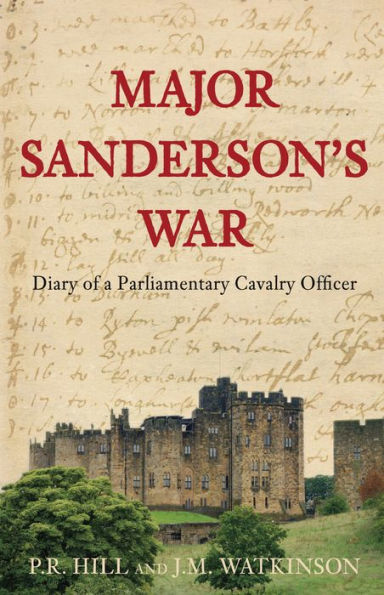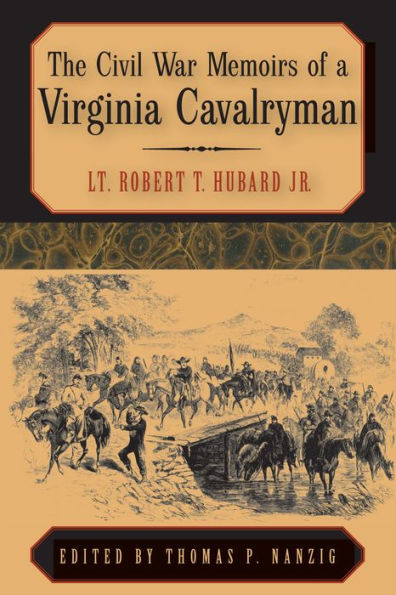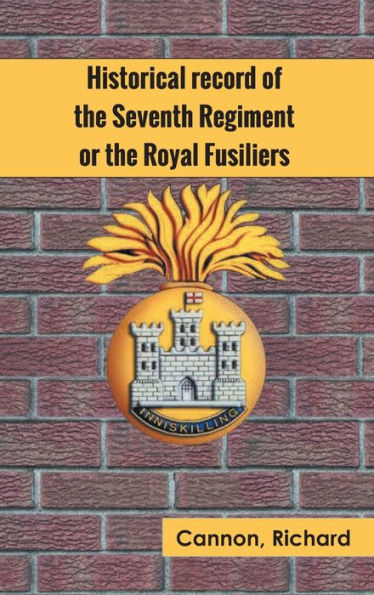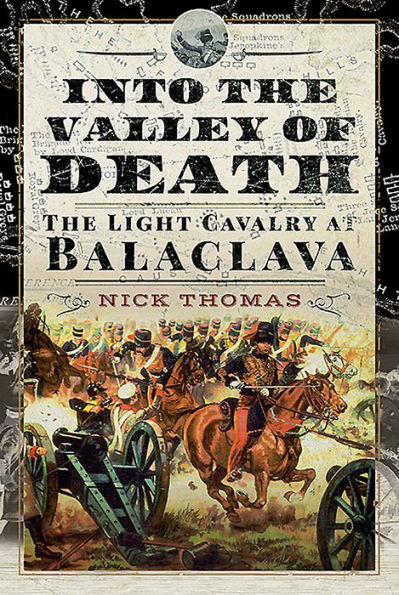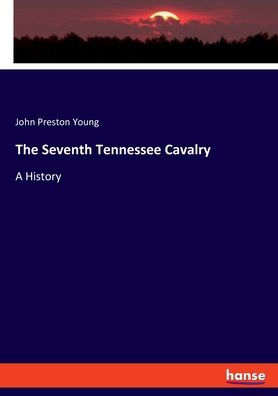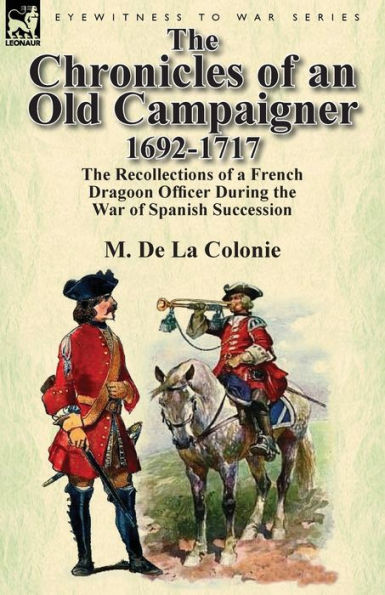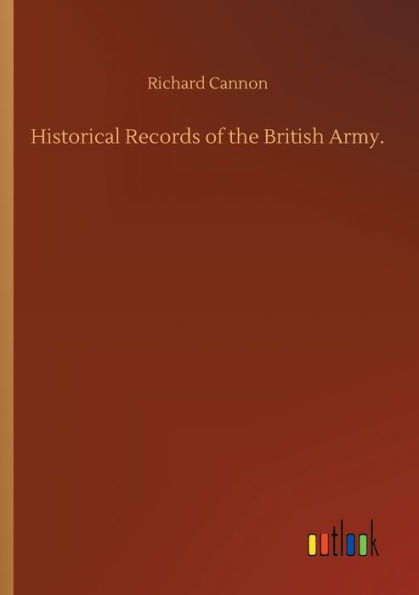Home
INNISKILLING DRAGOONS: The Records of an Old Heavy Cavalry Regiment


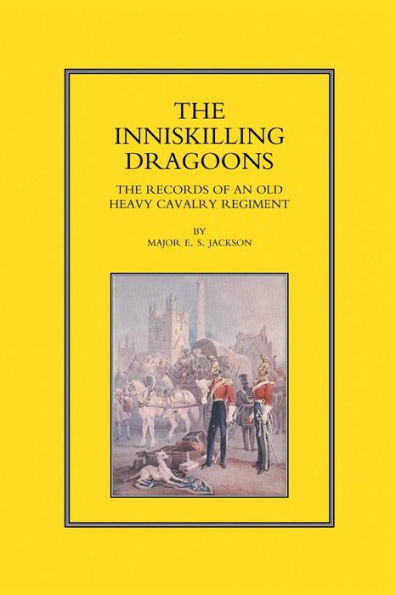
INNISKILLING DRAGOONS: The Records of an Old Heavy Cavalry Regiment
Current price: $49.90
Loading Inventory...
Size: OS
The regiment was raised in 1689 by Sir Albert Conyngham (Cunningham) after whom it was named; the men came mostly from County Donegal. There is reference to an interesting note among King William III's State papers: 'The Inniskilliners do not care for the English, but they like the Scots, most of their parents being Scotch. It is well therefore not to have too many English in their regiments.' The regiment's first major action was the Battle of the Boyne (11 July 1690). Writing about it in his introduction the author says: "Of the earliest years of the Regiment's existence I have spoken as one walking on thin ice; susceptibilities are on edge in Ireland when the Battle of the Boyne is mentioned........." That was written in 1909 and things haven't changed since. The regiment was in action during the War of The Austrian Succession and was present at Dettingen and Fontenoy. It was again on active service 1758-1763, this time in Germany in the Seven Years War. At Waterloo the regiment was part of the Union Brigade (Royals, Scots Greys and Inniskilling&sgrave;) and took part in the celebrated charge in which one officer and 85 other ranks were killed (and 164 horses) and six officers and 101 other ranks wounded. It served in the Crimea where it took part in another charge, that of Scarlett's Heavy Brigade, also at Balaklava - more successful but less publicised than that of the Light Brigade. Surgeon James Mouat, attached to the Regiment, won the VC at Balaklava but this does not get a mention in the book though it does say he was awarded the Crimean medal. The Crimea was followed by eight years in India enlivened by the antics of the CO who quite clearly had a screw loose. He had one of his officers courtmartialled and he himself was ordered to prosecute. He placed under close arrest three witnesses for the defence and kept them there, incommunicado, till the so-called trial ended. The whole affair is told in detail and can only be described as mind-boggling. At the end of October 1899 the Regiment embarked for S Africa where it came under General French's command (the C in C of the BEF in 1914), taking part in yet another charge - at Klipfontein. The Regiment served in S Africa throughout the war, returning to the UK after the conclusion of peace negotiations in 1902, and this is where this history ends Forty-one officers and men were killed and forty-one died from other causes. Finally there is an index.
